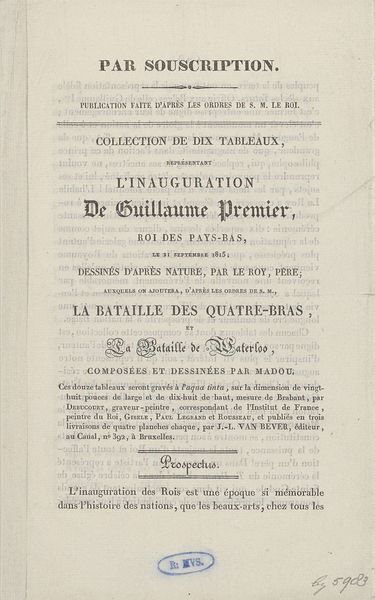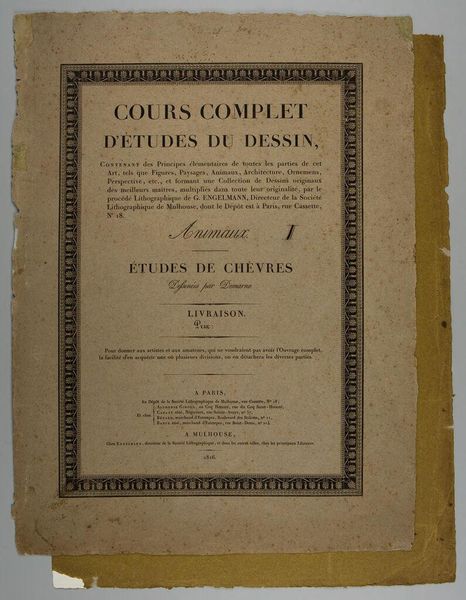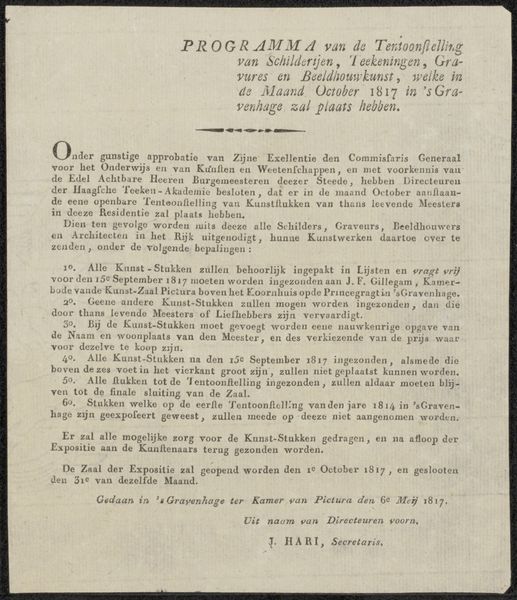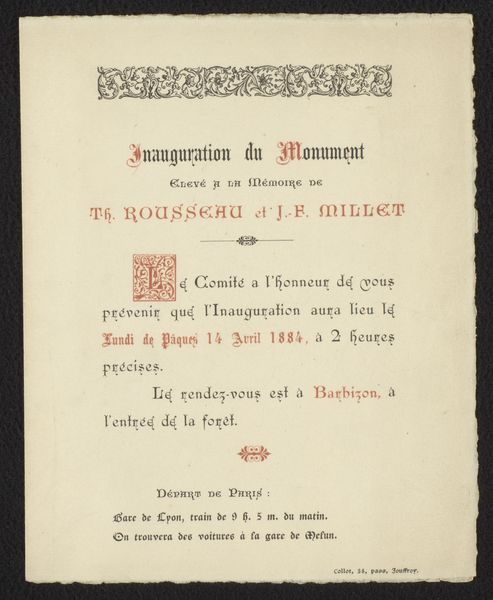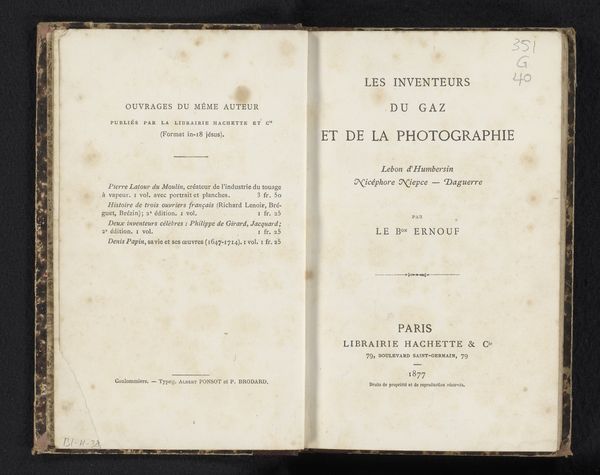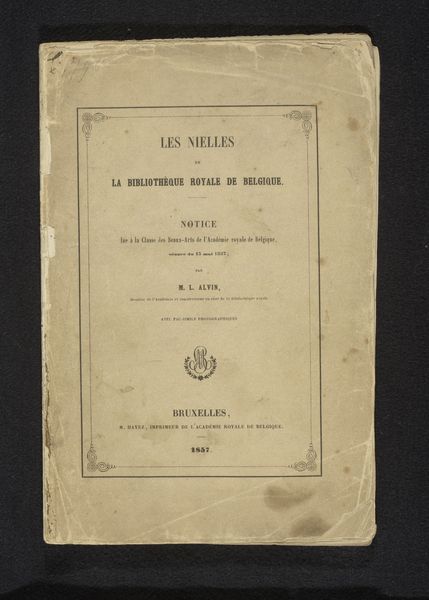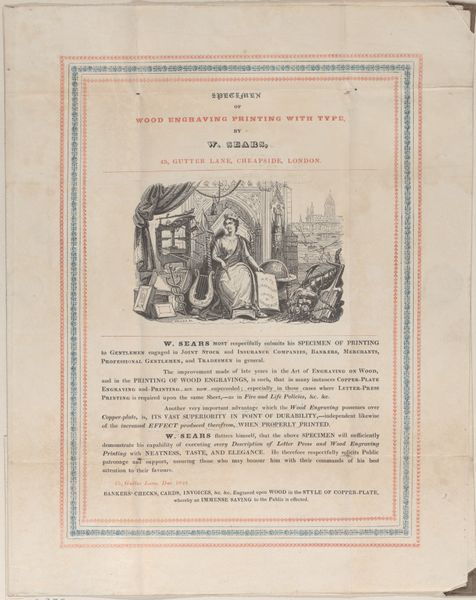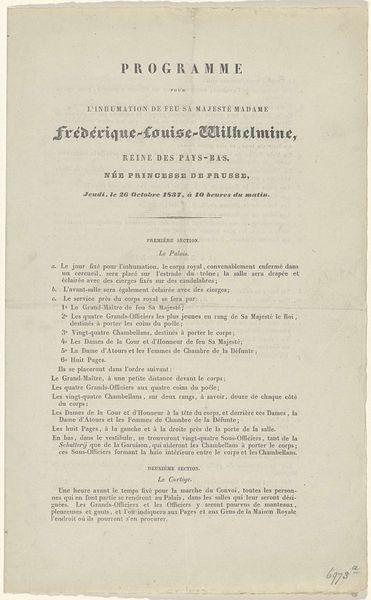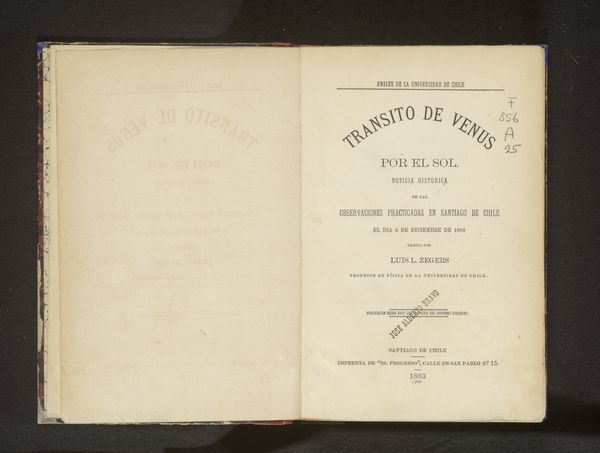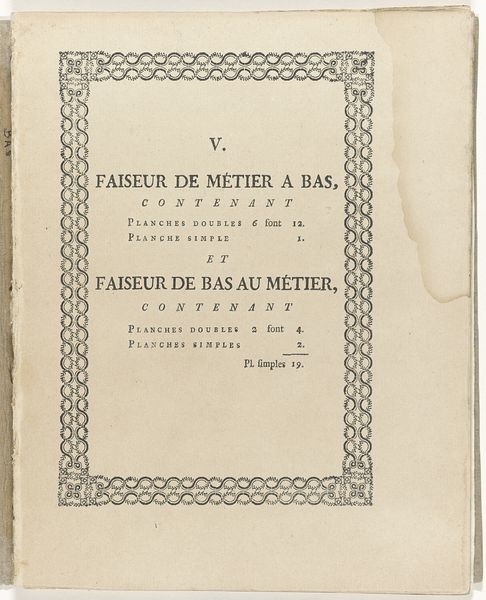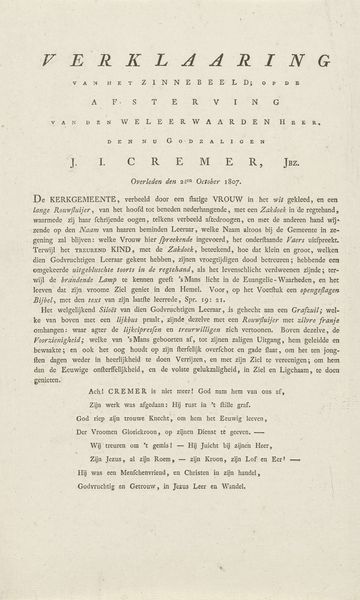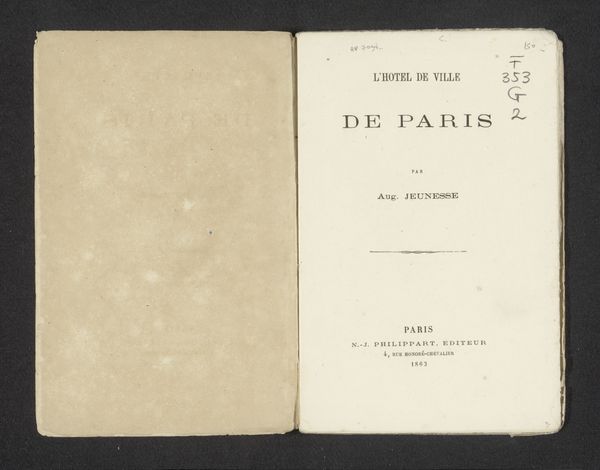
graphic-art, print, etching, textile, paper, engraving
#
graphic-art
#
aged paper
#
reduced colour palette
# print
#
etching
#
textile
#
white palette
#
paper
#
historical fashion
#
history-painting
#
engraving
Dimensions: height 475 mm, width 306 mm
Copyright: Rijks Museum: Open Domain
This is an etching made in 1811 in Paris by Adrien Louis Marie Cavelier, on laid paper. The etcher would have prepared the printing plate, likely copper, with an acid-resistant ground, then scratched an image into it with a fine needle. The plate was then immersed in acid, which bit into the exposed lines, creating grooves to hold ink. What’s interesting is that printmaking at this time was becoming increasingly democratized. Demand for printed images was surging due to industrialization and urbanization. The texture and weight of the paper would have been deliberately chosen to convey a sense of quality, appealing to a burgeoning middle class eager to consume fashionable images. This particular print, advertising furniture for the Emperor, reflects a sophisticated market hungry for luxury goods, and the skilled craftsmanship used in both the furniture making and the printmaking processes. The image is a testament to the increasingly complex relationship between art, craft, commerce and aspiration in early 19th-century France.
Comments
No comments
Be the first to comment and join the conversation on the ultimate creative platform.
